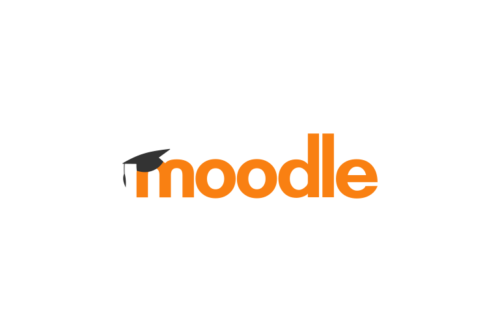A learning needs analysis forms the foundation of effective learning design. It helps us uncover the actual requirements. Let’s explore how to conduct a learning needs analysis to identify genuine training requirements.
Understanding the basics
Learning needs analysis (LNA) is about discovering the gap between current performance and desired performance. Learning needs analysis is an investigative process to determine if training is the right solution and identify the specific skills or knowledge that needs to be developed.
The first response to a training request shouldn’t be to immediately start designing learning content. Instead we need to ask thoughtful questions to uncover the real requirements.
Key steps in the process
A systematic approach to learning needs analysis includes several important phases.
- The first phase involves gathering information about the business context and objectives. What problem we you trying to solve? How does this connect to you broader business goals? Understanding the strategic context helps ensure any training solutions align with what matters most to the organisation.
- Next we need to identify performance gaps by analysing the current state versus the desired state. This includes observing actual workplace behaviours, reviewing performance data and conducting interviews with managers and potential learners.
- Once gaps are identified, we determine wether or not training is the appropriate solution. Not all performance issues stem from a lack of knowledge or skills. Some might be related to motivation, resources or workplace environment factors.
Where training is required, we specify exactly the knowledge, skills and attitudes that need to be developed. This becomes the foundation for developing learning objectives and content.
Effective methods for gathering data
Successful learning needs analysis relies on collecting quality information. Some effective methods include:
- Interviews with stakeholders offer deep insights into performance issues and business context. These conversations help us understand different perspectives and can reveal hidden factors affecting performance.
- Surveys and questionnaires allow us to collect data from a larger sample efficiently. They work well for gathering information about existing skills and training preferences.
- Observation of actual workplace performance provides direct evidence of how tasks are currently performed and where improvements might be needed.
- Document analysis including job descriptions, procedural manuals and performance reports can reveal expected standards and current gaps.
From analysis to design
After completing a thorough needs analysis, we can confidently move forward with designing appropriate training and eLearning solutions. The findings directly inform our learning objectives, content development and assessment strategies.
An effective analysis will have identified specific skills and knowledge gaps, learner characteristics, organisational constraints and technological considerations. All of these factors shape our design decisions.
Benefits for clients
Taking the time to conduct a proper learning needs analysis offers significant benefits to our clients. It ensures training resources are allocated efficiently by focusing on genuine needs rather than perceived ones.
The resulting training solutions are more targeted and effective because they address specific performance gaps. This leads to better learner engagement and improved learning transfer back to the workplace.
Perhaps most importantly, a thorough analysis helps demonstrate the value of training by connecting learning initiatives to business outcomes. This enables our clients to see a clear return on their investment.
Learning needs analysis is not just a preliminary step but the cornerstone of successful learning design. By taking the time to understand our clients’ true requirements, we can create bespoke eLearning solutions and recommend pre-built eLearning courses that genuinely address performance gaps and deliver measurable results. The investment in this analytical process pays dividends through more effective learning experiences and better business outcomes.








